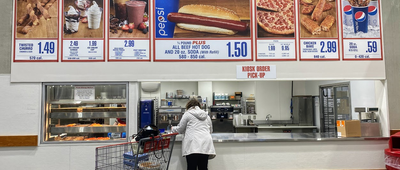WHAT'S IN YOUR GARDEN SHED?
Gardening is more popular than ever. Community gardens are overflowing, youth gardening programs are blossoming, and more than one-third of American households cultivate vegetables either at home or in a community plot, according to the National Gardening Association. Starting a garden from scratch takes time and effort, whether you're growing edibles and/or perennials, but is sure to prove rewarding.





















